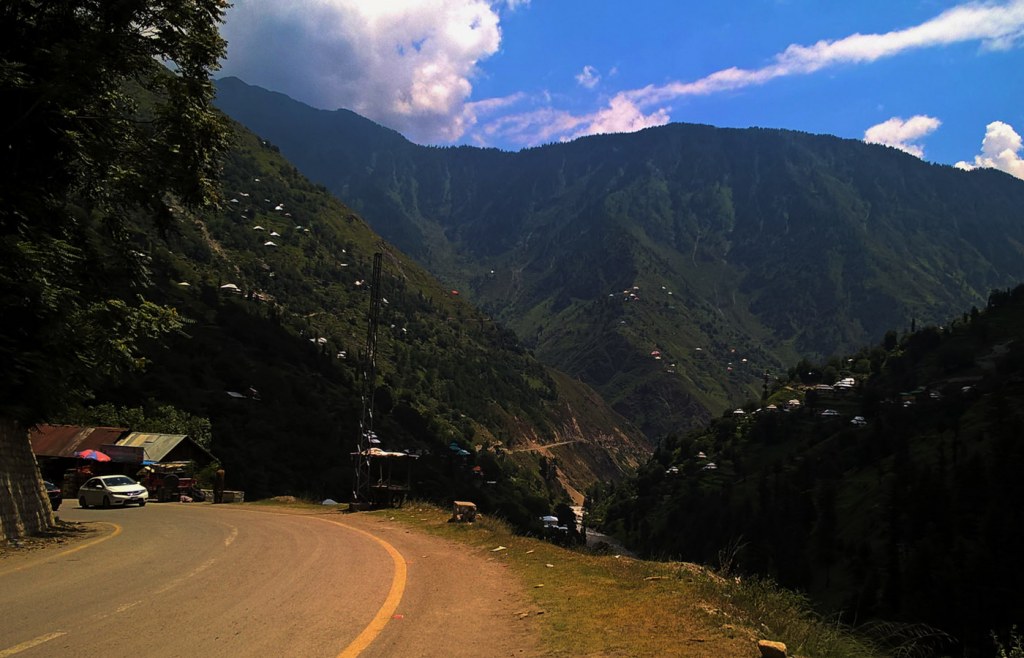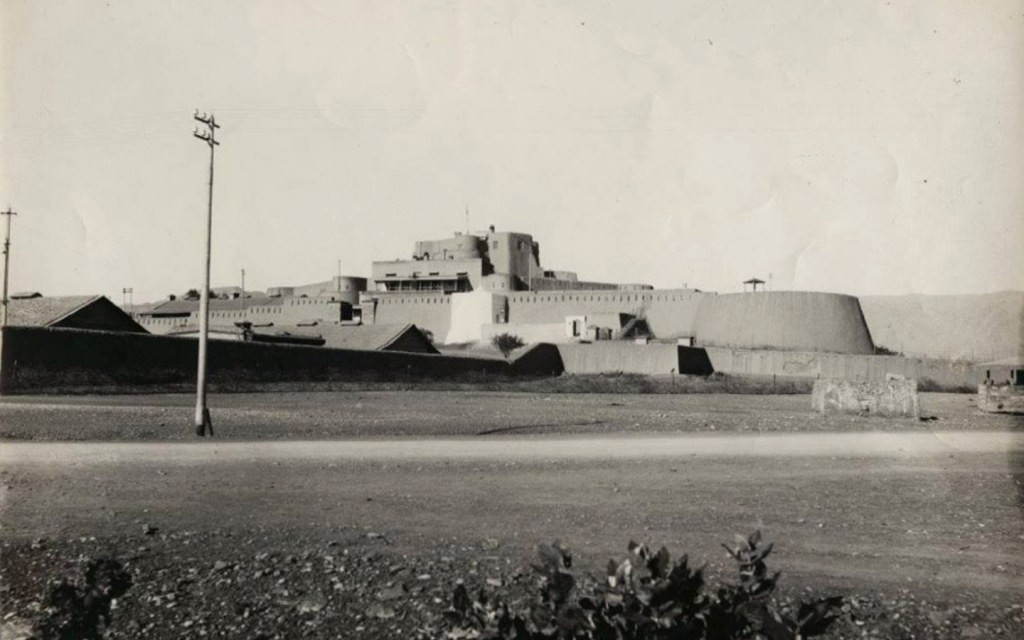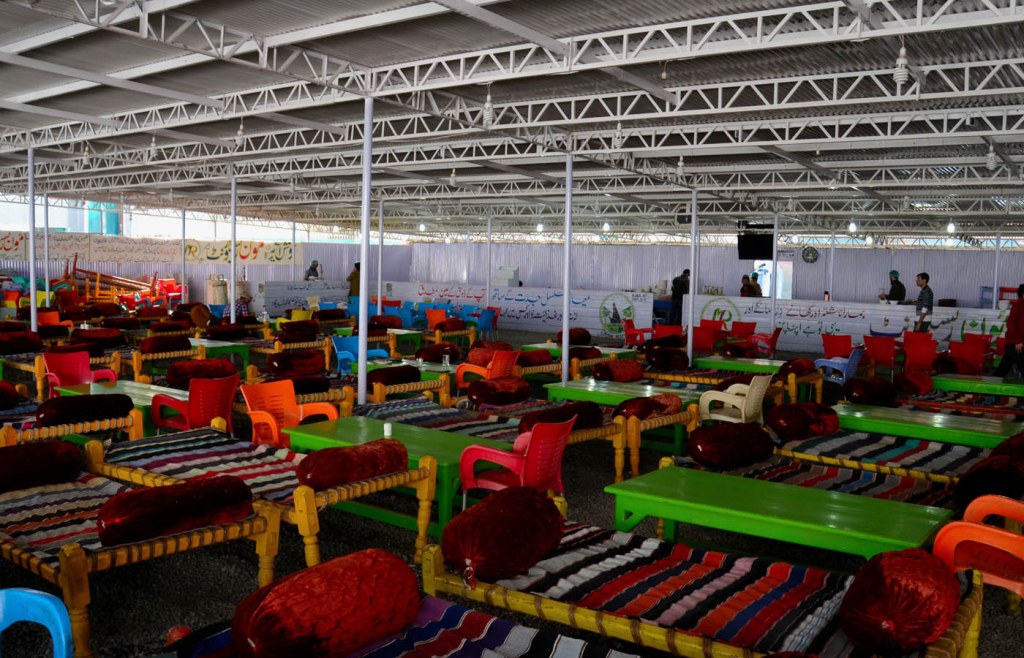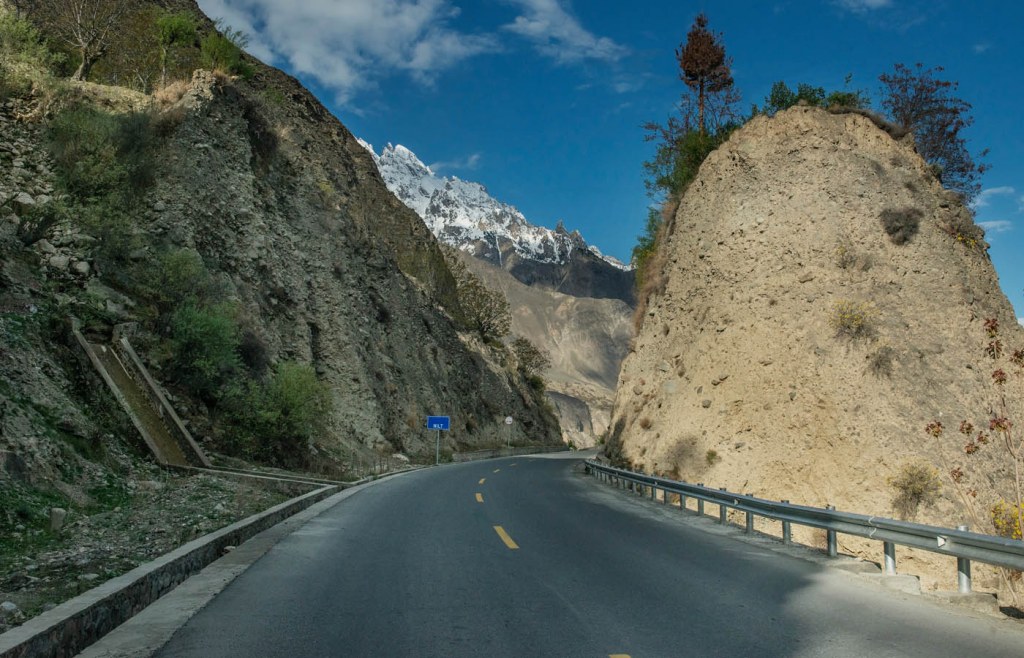Home » Construction » All You Need to Know About Khyber Pass, KPK
IN THIS POST
–Khyber Pass – Overview
–History of Khyber Pass
–Tourist Attractions Near Khyber Pass
–Restaurants Near Khyber Pass
–Khyber Pass Economic Corridor (KPEC)
Home to some of the toughest mountainous terrains in the world, Pakistan is, hands-down, a geological wonderland. The country features an incredible network of mountain passes, running through dangerous steeps and some of the mightiest rocky formations belonging to the famous mountain ranges in the region. These roads not only interlink cities but also provide an easily navigable land route between countries including China, Afghanistan, and Pakistan. One of the oldest and most important road links in the northern regions of the country is Khyber Pass. In this blog, we are going to explore the history and route of this extremely popular mountain pass in Pakistan.
Buckle up as our journey is about to begin!
Khyber Pass In Pakistan – Overview

Connecting the town of Landi Kotal near the Afghanistan Border to the Valley of Peshawar in Khyber Pakhtunkhwa, Khyber Pass is a mountain pass constructed in northwestern Pakistan at an elevation of 1,070 metres (3,510 feet) with a total length of 53 kilometres. This mountain pass has been named after the range of broken, arid hills through which it runs, which comes in the region of Spin Ghar (Safed Koh) Range. Along with a good hard-surface road, this mountain pass is escorted by a railway track along its entire length. It was opened in 1925 and like the pass, it also connects Jamrud town in KPK with Landi Kotal, near the Afghan frontier. There are 34 tunnels, 94 bridges and culverts to mainly facilitate goods transportation activities in the area. The pass enjoys extreme historic significance and has always been considered an eminent part of the ancient Silk Road. So, let’s get to know more about the history of Khyber Pass.
History of Khyber Pass In Pakistan

Since Khyber Pass in Pakistan was among the important routes of Silk Road in the region, it has played a vital role in facilitating the flow of Eurasian Trade throughout its history. Trade of luxury goods like ivory, pepper, gold, silver and expensive textile materials including silk and wool was common among the route. The route of this mountain pass made Gandhara the regional capital of trade connecting Taxila in Pakistan to Bagram in Afghanistan. The historical and geopolitical significance of Khyber Pass increased when various military choke points were established along it to facilitate different political invasions in the course of the region’s history.
The mountain pass has witnessed the rise and fall of many reigns including the Parthian Empire, conquests of Mahmood Ghaznavi, the Afghan Muhammad Ghouri, the Turkic-Mongols, and the Sikhs. Since Khyber Pass enjoys incredible regional and historic significance, there are many tourist attractions located nearby it, let’s learn more about them.
Tourist Attractions Near Khyber Pass

You’ll come across many tourist attractions near Khyber Pass, some of which are directly linked with it and are found in the peripheries of the city of Peshawar. A few of the most prominent historical landmarks of the region along with their year of origin are follow:
- Fort Ali Masjid (Year Founded: 1837)
- Bab-e-Khyber (Year Founded: 1964)
- Jamrud Fort (Year Founded: 1834)
- Bala Hissar Fort (Year Founded: 1526)
- Qissa Khawani Bazaar (Year Founded: 1930)
To know more about the tourist attractions found in the region, read our blog about historical landmarks near Peshawar.
Restaurants Along Khyber Pass

A number of traditional roadside eateries can be spotted while traveling along this mountain pass as you enter the valley of Peshawar. You can stop by at one of the below-mentioned restaurants to enjoy masterfully prepared local delicacies in a traditional setup.
- Khyber Shanwari Tikka
- Shahzaman Restaurant
- Ali Baba Restaurant
- Khyber Friends Restaurant
- Khyber Charsi Tikka
Note: Most of these restaurants have a male-centric dine-in arrangement, which may not be suitable for families.
Khyber Pass Economic Corridor (KPEC)

Khyber Pass has a long history of serving as a crucial road link for Eurasian trade. Keeping in view its historic significance in the world of trade, it is now being made a part of the Central Asia Regional Economic Cooperation (CAREC) routes. They are projected to serve as the quickest road links between Pakistan, Tajikistan, Afghanistan, Uzbekistan, and the Arabian Sea. Under this project, a 4-lane, 48-kilometre long expressway between Peshawar and Torkham will be constructed by June 2024 as projected.
As of now, the existing road link of this mountain pass running between Peshawar and Torkham is quite narrow and can carry up to 9,110 vehicles per day, as heavy traffic like goods-laden trucks and passenger buses move very slowly due to highly steep grades. However, the construction and expansion of road under the Khyber Pass Economic Corridor project will be a relief for both traders, passers-by, and travelers. As expected, the project will increase the capacity of the road by over 6,600 vehicles per day once completed. The cost of the project per kilometre has been estimated at around $6.7 million.
This brings us to the end of our overview of Khyber Pass, arguably the most important mountain pass in Pakistan. We hope you have found it useful and informative. If you have any questions or feedback related to our blog, feel free to email it to us at blog@zameen.com.
On a side note, you might also be interested in reading our blog about Karakoram Highway, which is an important CPEC route seamlessly connecting China with Pakistan, the two major neighbouring countries of the region, through a navigable land route.
For more informative pieces on lifestyle and tourism, keep reading Zameen Blog. Subscribe to our newsletter to get daily email alerts from our blog section. If you are on Facebook and Instagram, you can also connect with our social media pages.



